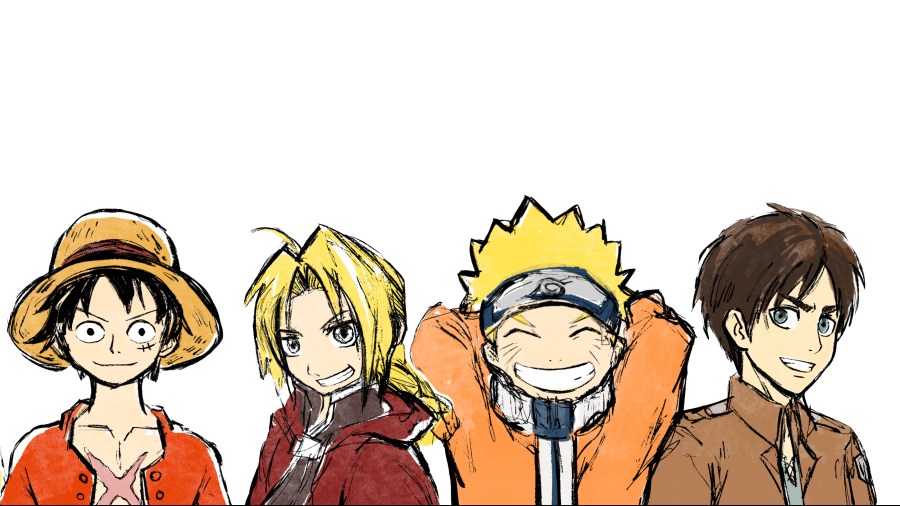Anime — Japanese animation — has become one of the most popular forms of entertainment, especially among teenagers, and Paly students are no exception. The most popular anime tv-shows include Dorameon, Pokemon, and Detective Conan, as well as more modern shows like Attack on Titan and Jujitsu Kaisen.
Anime has become very popular among Paly students, to the point where senior Meya Gao even hosts a manga club, where students discuss manga, Japanese comic books and graphic novels.
“I think most anime watchers are either like me, who just kept on watching since childhood, or recently got into it because there were some amazing anime that came out in the past few years,” senior Yurack Jung said. “Other than that I think it’s just preference, like how some people rather listen to rap, while some people prefer pop.”
Anime has also become an extremely rich industry, especially due to the pandemic forcing people to stay at home, and in turn, watch more television. There are also more anime focused sites such as Crunchyroll and how anime spreads to more mainstream platforms, allowing for easier access which could have contributed to its growth. Eight years ago the Anime industry was worth 24 billion dollars. Anime is widely regarded as being a form of entertainment, but is rarely referred to as being a form of art.
“I wouldn’t consider it a form of art because of the fact that anime is just Japanese animation and should be categorized with other animations,” senior Tyler Wang said.
However, art teacher Ms. Atkinson disagrees.
“I do think it is a form of art for the anime artists who originally drew it,” Atkinson said. “I think that anime is a good starting place for someone who wants to look at it, and see how anime artists came up with the concept. But I think students should jump from that, and make original content.”
Anime also has a cultural aspect. For many people who grew up in Asia, anime is a household name when it comes to entertainment.
“I would say it is mostly a cultural thing, even though anime has large audiences in many different cultures, because the plots and the connections to real life appeals more to the Asian culture than other cultures,” Jung said. “Many Koreans support anime because it’s what we grew up with.”
Now, it is no secret that there are other forms of entertainment besides anime. There are superhero shows like “The Flash” or “Arrow,” or crime shows that are more focused on reality such as “Law & Order.” Yet anime continues to be more popular among Paly teens over more mainstream western content. The manga industry, which is anime books, is also very popular among teenagers, far bypassing the American comic industry.
“I think the biggest thing that separates anime from other content is the art and the exaggeration,” Jung said. “For example, most of the characters have big sparkling eyes, have unrealistic superpowers and awakenings, and all the villains have super long speeches in fights, unlike in cartoons like Marvel or DC Comics.”
Anime does however sometimes linger on the inappropriate side and can sometimes spread the wrong messages and seduce people into doing wrong things and becoming vulnerable to dangerous sites. Sometimes you are forced to take the good with the bad.
“But like any other industry, for every stellar production there’s a few productions that are less so,” senior April Wu said. “I think 10-11-year-olds can explore anime, but it’s hard to avoid the aspects of anime that aren’t as kid-friendly. It has a reputation for being indecent at times though. As with anything, you can tailor your own experience, and with its growing popularity, I hope everyone finds something to enjoy in the breadth that it offers.”

